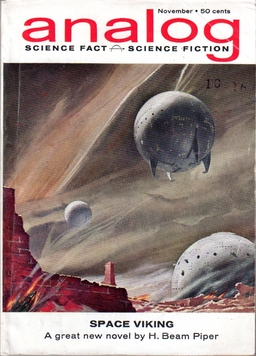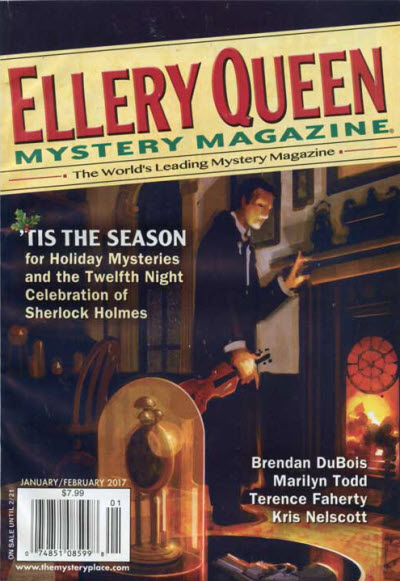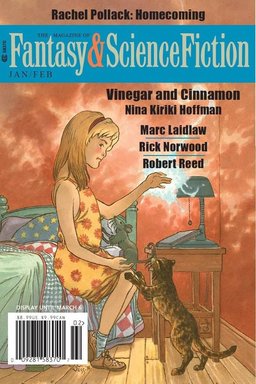The Complete Carpenter: The Fog (1980)
 In my John Carpenter career retrospective, I’ve now crossed the Rubicon: moving past the director’s most famous and successful film and entering the 1980s, a decade his movies helped define and often looked far beyond … frequently to their initial box office detriment.
In my John Carpenter career retrospective, I’ve now crossed the Rubicon: moving past the director’s most famous and successful film and entering the 1980s, a decade his movies helped define and often looked far beyond … frequently to their initial box office detriment.
The decade opens with Mr. Carpenter in a slight quandary: when you just made the most profitable independent movie of all time (a record unbeaten until The Blair Witch Project more than twenty years later), there’s going to be a bit of pressure for the follow-up. Carpenter stuck with the horror genre for his next film, although a much different type than the realistic slasher of Halloween. Taking inspiration from classic ghost stories, the vengeful corpses of EC Comics, and a trip to Stonehenge, Carpenter and producer Debra Hill came up one of the best low-budget horror elevator pitches: magical fog brings pirate leper ghosts to unleash their wrath on a small seaside town. Yep, pirate leper ghosts.
The Story
Antonio Bay, a sleepy coastal Northern California town where nothing happens, is preparing to celebrate its hundredth anniversary of being a sleepy coastal town where nothing happens. Then everything starts to happen at once when the ghosts aboard the Elizabeth Dane, a leper colony ship that sank near Spivey Point a century ago (timing!), slosh ashore in a shroud of thick, luminescent fog. It turns out Antonio Bay was founded on a double-cross that tricked the leper colony out of their gold and lured their ship with false beacons into wrecking on the shoals. The murderous specters and their pointy fishing tools make a mess out of the lives of folks in Antonio Bay, including lighthouse keeper and radio DJ Stevie Wayne (Adrienne Barbeau), the anniversary event organizer Mrs. Williams (Janet Leigh), a hitchhiking artist (Jamie Lee Curtis), and a priest who’s discovered the dreadful truth about the town’s history (Hal Holbrook).








